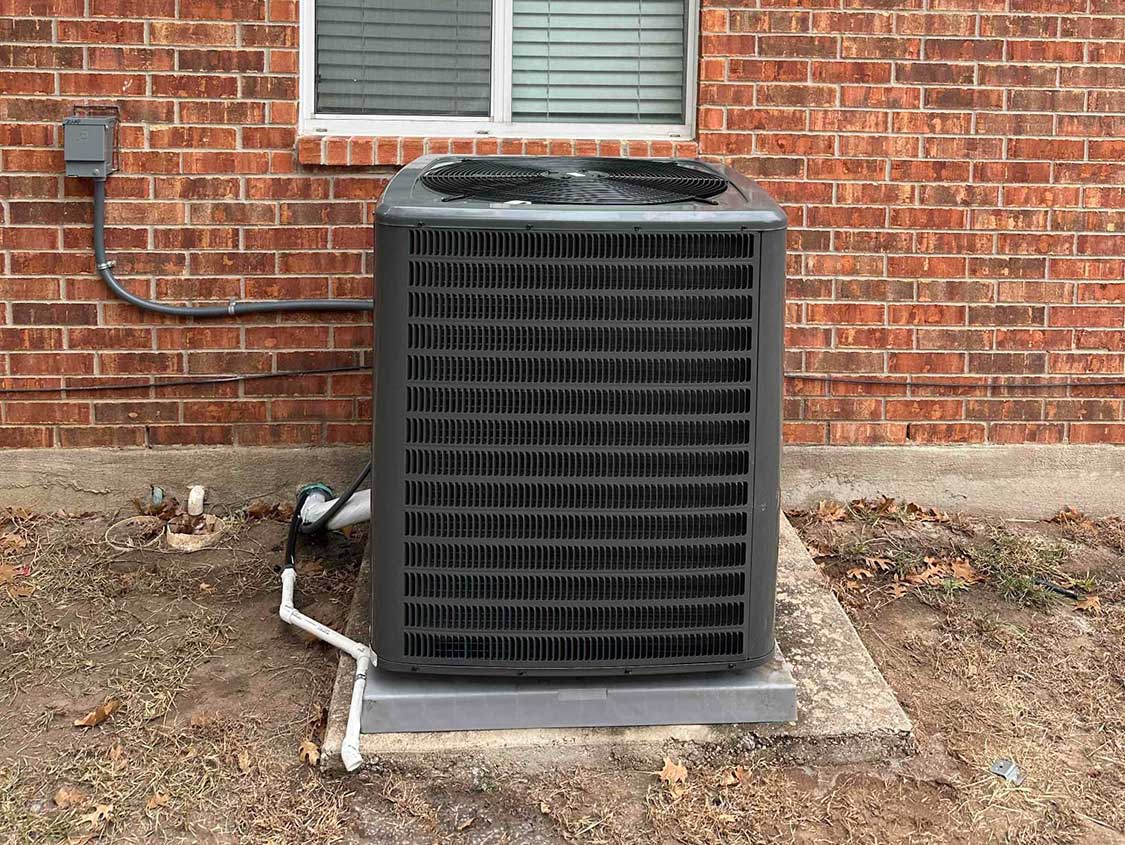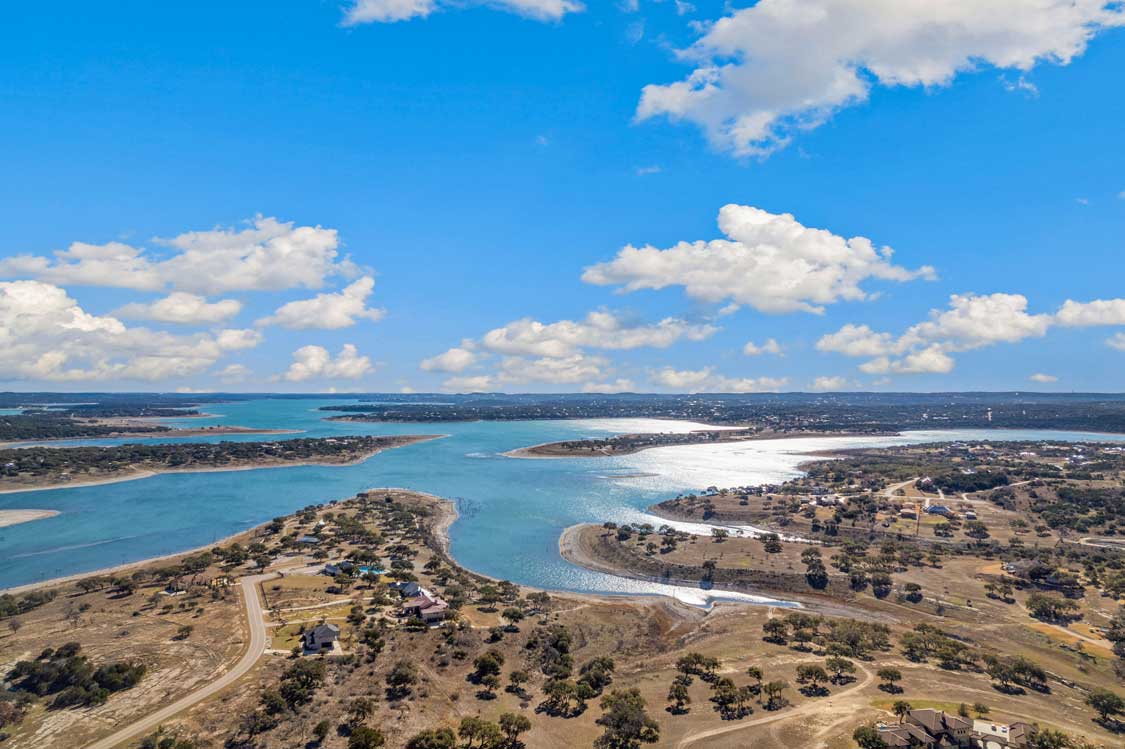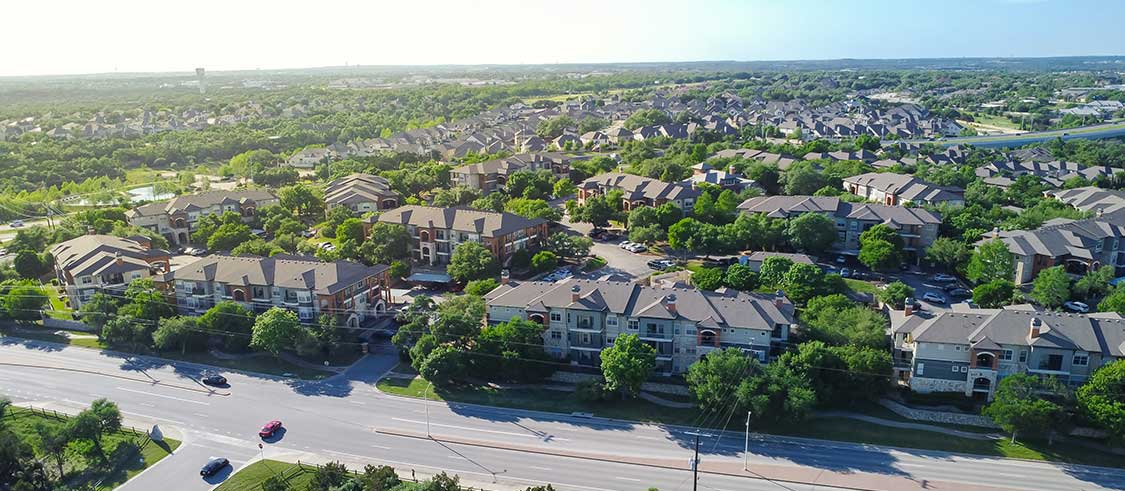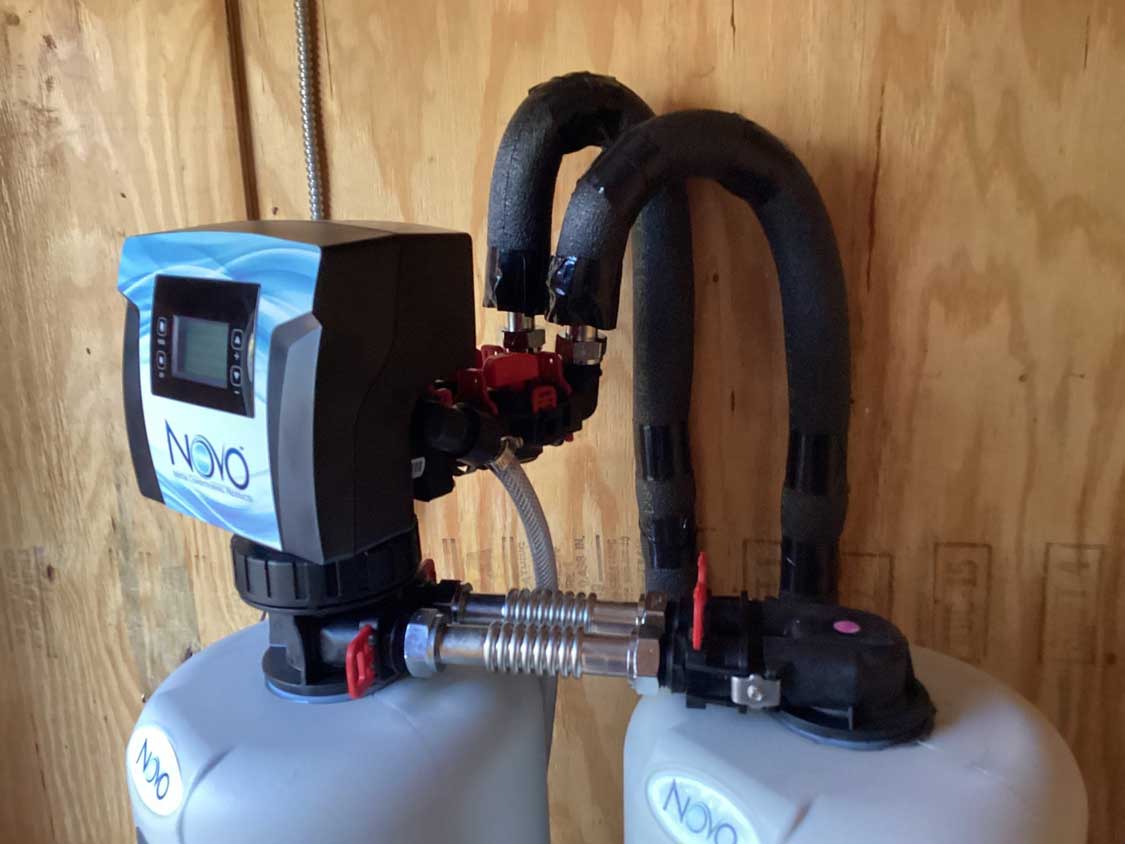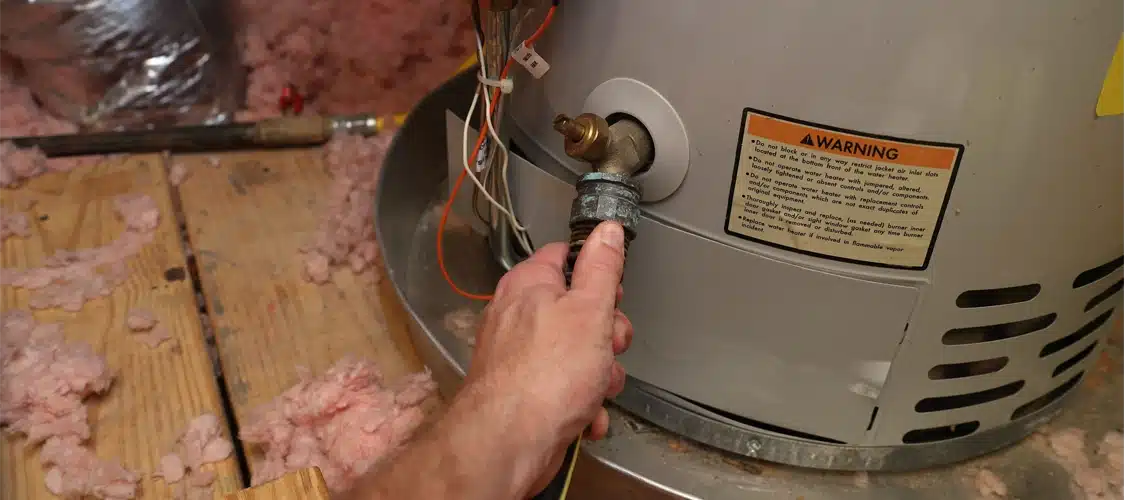Updated: November 28, 2025
During the colder weather season, you should know how to check if your furnace is leaking carbon monoxide. We’ll go over the signs of carbon monoxide poisoning below, as well as how to tell if your furnace is leaking carbon monoxide.
When your home depends on a gas furnace during Texas’s chilly snaps, the last thing you want to worry about is a carbon monoxide leak. It’s a real concern, but the good news is, the warning signs are clear when you know what to look for. At Radiant Plumbing & Air Conditioning, we’ve spent decades helping Austin & San Antonio homeowners stay safe with precise diagnostics, thorough furnace inspections, and honest guidance. This guide walks you through the signs of a carbon monoxide leak, what’s normal, what’s not, and when it’s critical to call a professional. Consider this your clear, calm safety check from the local experts you trust.
Can a Furnace Leak Carbon Monoxide?
Yes, gas furnaces can produce carbon monoxide if something isn’t burning correctly. The good news is that there are clear symptoms of carbon monoxide from furnace leaks that may be venting improperly or struggling to burn fuel cleanly. Watch for:
- Excess condensation on windows or cold surfaces near the furnace
- Yellow or brown staining around the furnace cabinet or venting
- A yellow or flickering pilot flame instead of a steady blue one
- Stuffy, stale, or overly humid indoor air
- A pilot light that won’t stay lit
- Rust or corrosion on the vent pipe or furnace housing
Important: Carbon monoxide itself has no smell, so “smelling gas” indicates a different but urgent safety issue. If you notice a gas odor, leave the house and call for help immediately.
Because CO is invisible and odorless, you may not always see obvious warning signs. If something feels off, strange furnace behavior, symptoms of headaches or dizziness, or repeated pilot outages, call a licensed heating professional right away. Radiant’s technicians perform thorough safety checks, combustion testing, and diagnostics to confirm whether your furnace is operating safely.
Your family’s safety always comes first. When in doubt, get it checked out.
What Are Normal CO Levels in Furnace Exhaust?
Your furnace does produce carbon monoxide as part of normal operation, but those gases should stay inside the venting system and safely exit your home. A properly working furnace keeps CO levels low and contained, so none of it enters your living space.
Homeowners don’t need to measure exhaust readings themselves — that’s part of a professional safety check. What matters most is this:
- CO should never be present inside your home.
- Your furnace should vent cleanly without soot, smells, or flame discoloration.
- Any rise in CO levels during testing tells a technician something isn’t burning correctly.
During a tune-up, Radiant’s technicians use combustion tools to make sure your furnace is operating safely and venting the way it should. If anything looks off, we diagnose the cause and make corrections before it becomes a risk.
Causes of Carbon Monoxide Leaks
Now that you know how to check if a furnace is leaking CO, it’s time to know what causes these leaks.
Several furnace-related problems can lead to a carbon monoxide leak. For instance, cracks in your furnace’s heat exchanger or flue pipes can allow carbon monoxide to enter your home. Also, your furnace can develop moisture in the flue pipes, leading to holes and leaks.
Faulty ductwork or a defective blower motor can be a significant issue since each can result in problems with your home’s venting, potentially welcoming carbon monoxide into your indoor air. Additionally, dirty furnace filters can lead to restricted airflow, eventually causing your furnace’s heat exchanger to overheat and crack. As a result, CO can potentially find its way into your home’s air.
Symptoms of Carbon Monoxide Poisoning
Since CO leaks pose health risks, there are many physical symptoms associated with carbon monoxide poisoning. Here are some potential symptoms you should look out for:
- Nausea or vomiting
- Drowsiness
- Confusion
- Headaches
- Dizziness
- Unconsciousness
- Weakness or achiness
- Shortness of breath/rapid breathing
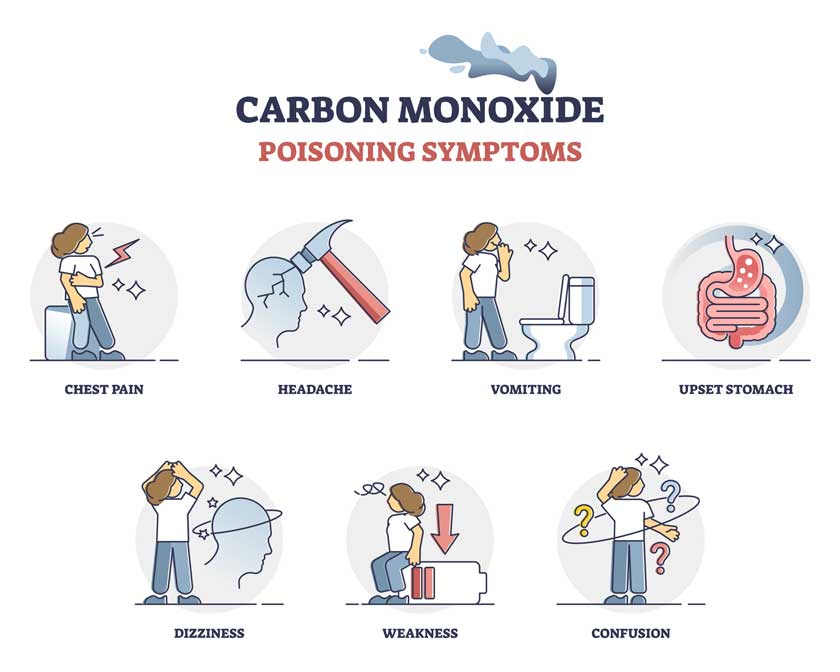
The severity of poisoning symptoms can vary depending on the levels of carbon monoxide in your home. If you are experiencing carbon monoxide poisoning, you must immediately exit the house or building and seek medical attention.
Ways to Prevent Furnace CO Leaks
No homeowner wants to experience a carbon monoxide leak. For most people, knowing how to tell if your furnace is leaking carbon monoxide is not good enough, before that time comes, you want to prevent a leak.
The first step you should take is to install carbon monoxide detectors in your home. These devices, much like smoke detectors, will alert you of carbon monoxide leaks by monitoring CO levels.
To prevent leaks from your furnace, you should also remember to schedule regular furnace tune-ups. Annual furnace maintenance can help keep your system in top shape, potentially avoiding unnecessary leaks and other problems. During a tune-up, a professional technician will inspect, clean, and perform tests on your furnace.
Contact Radiant, Your Local CO Experts
We’ve discussed the physical symptoms and furnace signs that can help you know how to tell if your furnace is leaking carbon monoxide. Now here’s the bottom line: call a local HVAC professional. It’s vital to address a carbon monoxide leak right away.
If you suspect you’re dealing with a furnace leak, reach out to an experienced HVAC technician for a professional furnace repair. Radiant offers furnace repair to fit your needs. We know how to check if a furnace is leaking carbon monoxide. Plus, we work with all heating and cooling systems, and our team is available at the drop of a hat if you need a heating system serviced or installed.


